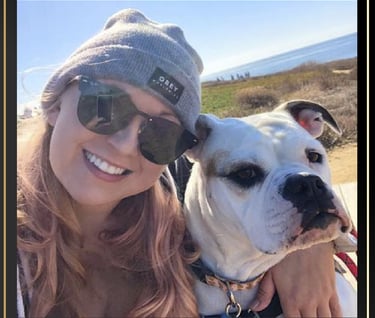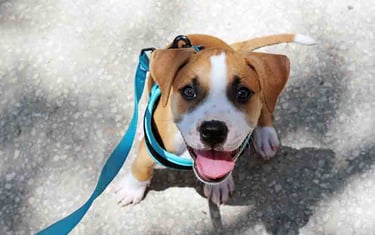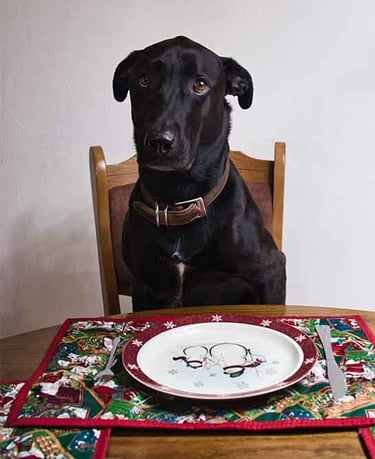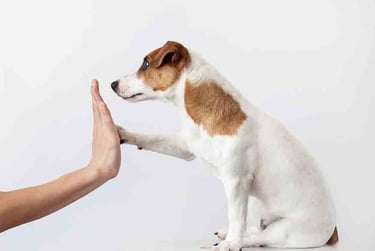BRITT THE DOG WALKER
WALKING AND TALKING YOUR DOG TO GOOD HEALTH
WELCOME
My goal in dog walking and dog sitting is to improve your dog's health through exercise and training. My time spent with your dog should be an opportunity for the dog to grow, learn, and train to improve their health. With me you don't just have a dog walker, you have a person that's passionate and knowledgeable in all aspects of dog behavior and health.
My love of dogs is evident. I have been working with dogs for the past ten years at doggie daycare and as a vet tech. I Have a well rounded experience working with dog trainers as well.


THE CARE I OFFER
DOG WALKING
Each of us is a master of our craft – I have worked for a number of years with dogs, in this field you must have passion and creative vision for every dog walked. My goal is to insure the health of your dog and walk them until their tail is waggin!
Dog Sitting
Your trust is very important to me. Not only am I trained and skilled in walking dogs I take pride in saying I am experienced in dog sitting. I can supply references from people that I have sit for.
YOUR DOG'S HEALTH THROUGH TRAINING
Your dog's health is primary to all I do. As the visionaries of tomorrow, we won't say no to experimentation, new training ideas, or unlikely combinations.









Dogs need stimulation and the best way to get that is walking. Whether the walk is long or short (depending on your dog) sniffing along a walk is extremely beneficial to your dog's health, especially their mental health. A good walk and /or sniff can tire your dog out better than a run, because it's mentally stimulating. Some dogs only need a short walk with a lot of sniffing where others need , runs and sniffing. Keep in mind every dog is different from personality, age and breed. For example working with sporting breeds such as German Shepherds and Labradors I've learned they need structured walks and runs. Protection breeds also need a lot of structure on walks, because they're bred to protect their family and handlers they can be prone to leash reactivity or more commonly known as leash aggressing.
